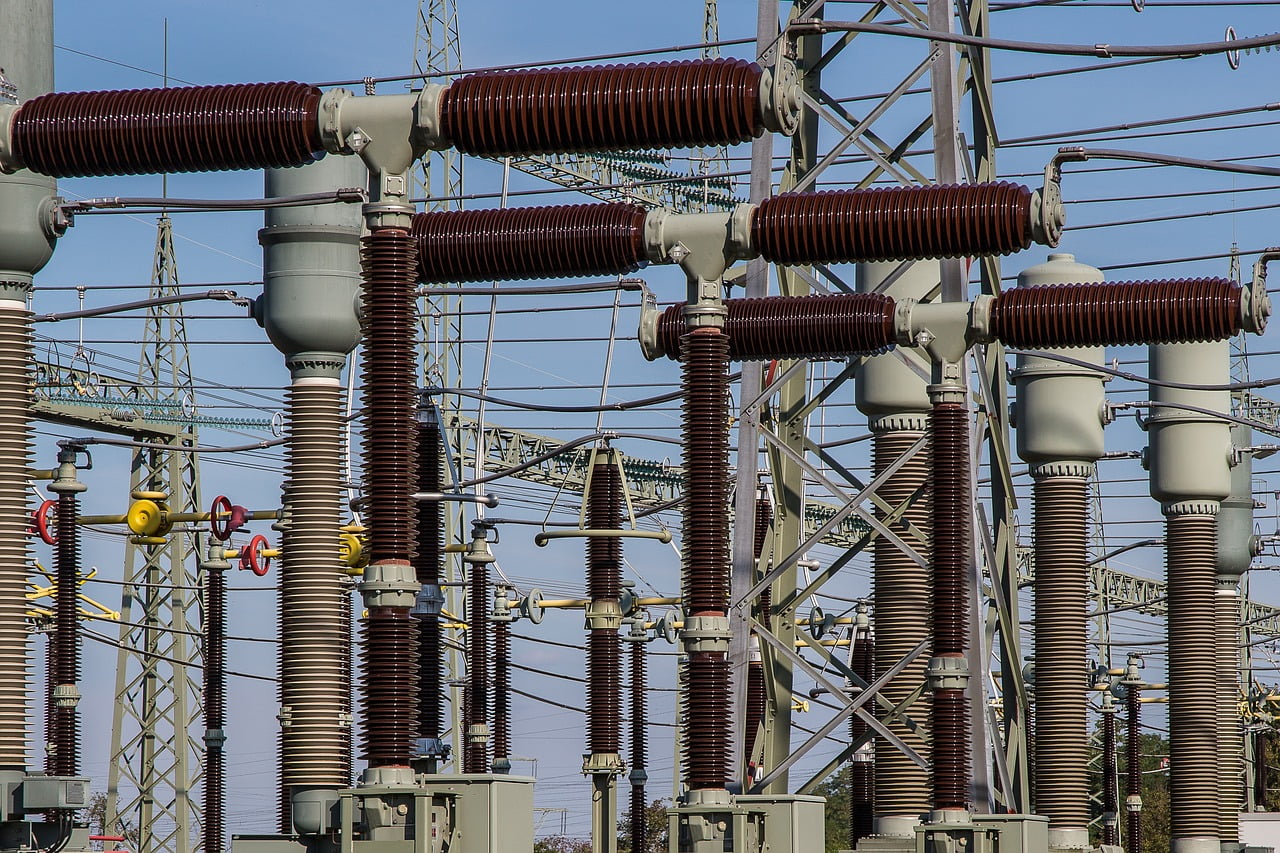Transformers are the most commonly used AC-AC converter device in power systems. They convert an alternating current (AC) circuit of a specific voltage to a higher or lower value, without change of frequency. While a transformer changes the voltage of an AC in a circuit to a higher or lower value, it has practically no effect on the total power in the circuit.
Q3 2020 hedge fund letters, conferences and more
There are two distinct types of electrical transformers; wet and dry transformers. These are further sub-divided into various categories, some of which we will discuss in a later publication.
Dry Transformers - Dry transformers are usually low voltage transformers; they are air-cooled by natural convection and noted for their significant hum. They can be installed indoors, protected by a fireproof vault and require no internal cooling.
Wet transformers - Wet or liquid-filled transformers are those that require internal cooling. This is usually in the form of a fire-resistive fluid or mineral oil such as high fire point hydrocarbons or silicones. Internal cooling is vital to counteract the effects of high temperature but sometimes; the cooling medium can become inflamed due to excessively high temperature. For this reason and also because of occasional leaks, wet transformers are installed outdoors.
Transformer Efficiency and Losses
For operators of power distribution networks, transformer efficiency is a crucial concern and can amount to significant economic cost.
Transformers are an enormous capital cost. They form a significant capital cost component in the implementation of power distribution networks and a failing transformer arising from losses would not only impact power quality (PQ) but also increase the failure rate. In a study conducted in the United States, they estimated that transformer losses account for about 2% - 3% of total electric energy and in financial numbers, about $25 billion annually. Now, you see why it is crucial to find ways to reduce transformer failure rates due to losses.
But what constitute transformer losses?
All transformers will suffer operating losses. However, certain conditions aggravate the loss factor of any transformer, and high temperature is a major culprit.
High Temperature: There are two types of heat effects on a transformer, heating effect of a current in a coil and heating effect of induced eddy current. Heat causes damage to the insulation in a transformer, and this can lead to a reduction in the useful life of the transformer. In fact, the effect of heat is so significant that any 5 degree Celsius increase above the recommended operating temperature will cause a reduction by half of the useful life of the transformer.
Other forms of operating losses include:
No-load losses (iron or core losses) – these are due to the magnetizing current and eddy current needed to flux the transformer core. They vary with the core material and the magnetic circuit details (hysteresis and eddy currents). They are effectively constant across the operating range of the transformer.
Load losses (stray or copper losses) – these are the losses from the primary and secondary windings. They vary and are proportional to the square of the overall load.
Effect of Losses
Transformer losses can lead to low Power Quality and power interruptions. Interruption of production due to these entails high costs due to production loss and the associated waste. For the Industrial sector, the estimated costs due to low power quality represent 4% of turnover, and this is greatest in companies with continuous production.
Other possible consequences that affect business costs include:
- Power failures (Release switches, fuses blowing).
- Breakdowns or malfunctions of machines.
- Overheating of machines (transformers, motors, etc.) leading to reduced useful life.
- Damage to sensitive equipment (computers, production line control systems, etc.).
- Increased distribution system losses.
Possible Solution
In deregulated electricity markets, as the price of electrical energy varies every hour, so does the cost of transformer losses. The seasonal load variations also increase the benefits associated with efficient transformers, mainly if the season of maximum load is coincident with the maximum energy prices. As the system investment and energy costs continue to increase, electric utilities are more and more interested in installing energy-efficient transformers at their distribution networks.
Final Thoughts
Power technology companies are pushing the boundaries and are responding to the market yearnings by becoming inventive in new transformer designs.
Providers of consumer electricity and large organizations that utilize massive power would benefit from a transition to these new sets of transformers. Besides the obvious benefits of an improved PQ, there is a gross reduction in transformer loss and economic cost associated with failures.






